Home>Interior Design>How Should You Lay Out A Shared Dorm Room? Experts Weigh In
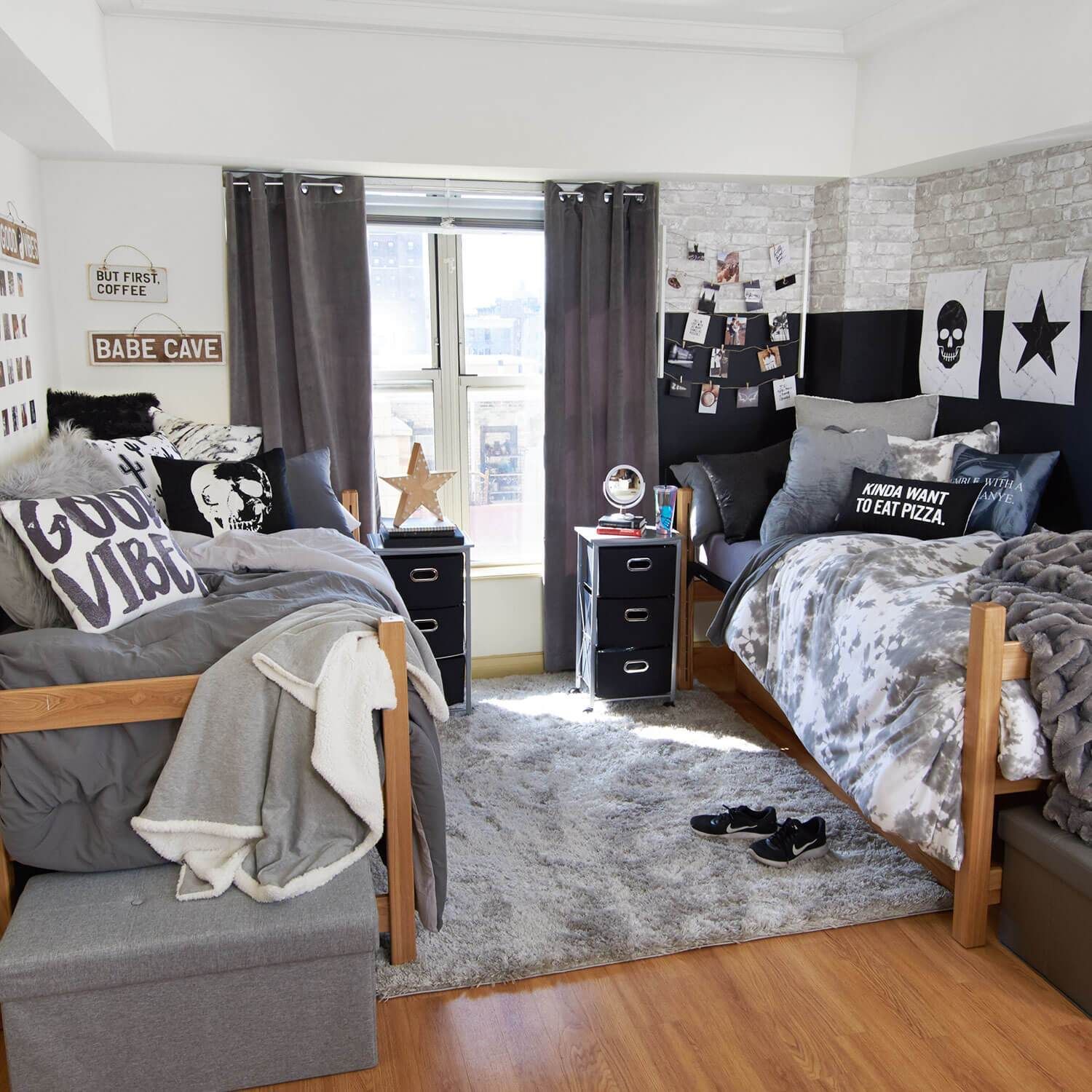

Interior Design
How Should You Lay Out A Shared Dorm Room? Experts Weigh In
Modified: March 21, 2024
Discover expert tips for designing the perfect shared dorm room layout. Interior design specialists provide valuable insights to optimize your space for ultimate comfort and functionality.
(Many of the links in this article redirect to a specific reviewed product. Your purchase of these products through affiliate links helps to generate commission for Storables.com, at no extra cost. Learn more)
Introduction
Designing and organizing a shared dorm room can be a challenging task. With limited space and the need for individual privacy, it’s crucial to create a layout that combines functionality, style, and a sense of personal space for each occupant. That’s why we’ve consulted with interior design experts to gather their insights and tips on how to lay out a shared dorm room effectively. Whether you’re a student heading off to college or a parent hoping to help your child make the most of their dorm room, these expert tips will help you create a comfortable and functional living space.
When it comes to shared dorm room layout, there are several factors to consider. First and foremost, it’s important to ensure that each occupant has their own dedicated space within the room. This can be achieved through a thoughtful arrangement of furniture, creative storage solutions, and clear communication between roommates. It’s also important to optimize the available space to maximize functionality while still allowing room for personalization and individual expression.
In this article, we will explore various considerations for layout, furniture arrangement tips, maximizing storage space, creating individual spaces, collaboration and communication, managing clutter and personal items, and personalizing the dorm room. By following these expert insights, you can transform your shared dorm room into a stylish and harmonious living environment that meets the needs of each occupant.
So, let’s dive in and discover how to create a well-designed and organized shared dorm room that balances both functionality and individuality.
Key Takeaways:
- Create a harmonious shared dorm room by considering layout, furniture arrangement, and individual spaces. Effective communication and personalization are key to fostering a supportive living environment.
- Maximize storage, manage clutter, and personalize your shared dorm room to reflect individual styles while respecting shared spaces. Collaboration and communication with roommates are essential for a harmonious living experience.
Read more: How To Split A Shared Dorm Room: 7 Pro Tips
Considerations for Layout
When it comes to designing the layout of a shared dorm room, there are several important considerations to keep in mind. These factors will help you create a space that is efficient, comfortable, and conducive to study and relaxation. Here are some key considerations to take into account:
- Room dimensions: Start by assessing the dimensions of the room. Consider the size and shape of the space, as well as any architectural features or obstructions, such as windows, doors, or built-in furniture. Understanding the layout of the room will help you plan where to place furniture and maximize the use of space.
- Roommate preferences: Have a discussion with your roommate(s) to understand their preferences and needs. Each person may have different study habits, sleeping patterns, or storage requirements. By taking everyone’s preferences into consideration, you can create a layout that accommodates everyone’s needs.
- Functional zones: Divide the room into functional zones based on the activities that will take place. Common zones include sleeping area, study area, and relaxation area. Clearly defining these zones will help create a sense of personal space and facilitate organization.
- Privacy considerations: In a shared dorm room, privacy can be a concern. To address this, consider the placement of furniture and room dividers to create visually separate spaces. Utilize curtains or temporary partitions to create privacy when needed.
- Traffic flow: Take into account the flow of movement within the room. Ensure that there is ample space to move around without hindrance. Avoid placing furniture in high traffic areas to maintain a sense of openness and ease of movement.
By carefully considering these factors, you can create a well-thought-out layout that optimizes the available space and meets the needs of all occupants. The next step is to arrange the furniture in a way that enhances the functionality and visual appeal of the dorm room, which we will explore in the following section.
Furniture Arrangement Tips
Arranging furniture in a shared dorm room requires careful planning and consideration. The layout should not only optimize the available space but also create a visually appealing and functional environment. Here are some expert tips for arranging furniture in a shared dorm room:
- Create a focal point: Start by identifying a focal point in the room, such as a window or a wall. Arrange the furniture around this focal point to create a visually pleasing and balanced layout. This could involve placing the beds or desks facing the focal point, or arranging seating around it.
- Utilize vertical space: In a small dorm room, vertical space is your friend. Use tall bookshelves, wall-mounted organizers, and lofted beds to make the most of the available vertical space. This will free up floor space and provide additional storage options.
- Consider multifunctional furniture: Look for furniture pieces that serve multiple purposes. For example, opt for a desk with built-in storage or a futon that can double as a sofa and a guest bed. This will help maximize functionality while minimizing the number of furniture items needed.
- Prioritize comfort: Ensure that all seating and sleeping areas are comfortable and ergonomic. Invest in quality mattresses, supportive desk chairs, and cozy seating options. Comfort is essential for both studying and relaxation.
- Keep pathways clear: Maintain clear pathways throughout the room to facilitate easy movement. Avoid placing furniture in a way that creates obstacles or blocks access to essential areas, such as the door or windows.
- Balance symmetry and asymmetry: Achieve a harmonious and visually pleasing layout by balancing symmetry and asymmetry. For example, if one side of the room has a desk, ensure there is a similar-sized workspace on the other side. This will create a sense of balance and equality.
- Experiment with different arrangements: Don’t be afraid to try out different furniture arrangements to find the best layout for your shared dorm room. You may discover that swapping the positions of certain items improves the flow and functionality of the space.
Remember, the goal is to create a layout that accommodates the needs of all roommates while maximizing space and functionality. By following these furniture arrangement tips, you can create a well-organized and visually pleasing dorm room that promotes productivity and relaxation.
Maximizing Storage Space
Storage space is often limited in dorm rooms, especially when sharing with roommates. However, with some smart strategies and organization hacks, you can maximize the available storage space and keep the dorm room tidy. Here are some tips to help you make the most of your storage options:
- Utilize under-bed storage: Invest in under-bed storage containers or bed risers with built-in drawers. This often overlooked area provides valuable space for storing items like extra bedding, shoes, or out-of-season clothing.
- Opt for vertical storage solutions: Make use of wall-mounted shelves, hanging organizers, and over-the-door hooks to take advantage of vertical space. These storage options are great for storing books, toiletries, hats, bags, and other small items.
- Maximize closet space: Use slim hangers to optimize closet space, allowing you to hang more clothing items. Consider using hanging organizers to store accessories like belts, scarves, and ties. Install an additional closet rod or adjustable shelving to create double the storage space.
- Invest in portable storage containers: Look for collapsible, stackable, or rolling storage containers. These versatile options allow you to easily store and move items as needed. Utilize them for storing out-of-season clothing, extra books, school supplies, or toiletries.
- Label and categorize: Keep your storage organized by labeling containers and categorizing items. This will not only make it easier to find what you need but also promote efficient use of space. Clear plastic bins or woven baskets can be used to store and categorize smaller items.
- Make use of wasted space: Identify any wasted or unused spaces, such as the back of doors, the space above furniture, or the area under desks. Install hooks, hanging organizers, or additional shelving to transform these spaces into valuable storage areas.
- Consider shared storage options: Collaborate with your roommate to find shared storage solutions. For example, you can invest in a mini-fridge with separate compartments or share a storage ottoman that serves as both seating and storage.
By implementing these storage-maximizing tips, you can create a clutter-free and organized dorm room that allows each occupant to have their own designated storage space. Remember, effective storage strategies not only create a more functional space but also contribute to a more enjoyable living environment.
Creating Individual Spaces
One of the biggest challenges in a shared dorm room is maintaining a sense of privacy and personal space. However, with careful planning and creative solutions, you can carve out individual areas within the room that allow each occupant to have their own private sanctuary. Here are some tips for creating individual spaces in a shared dorm room:
- Use room dividers: Room dividers can be an effective way to visually separate different areas of the room. Use folding screens, curtains, or bookshelves strategically placed to create separate zones for sleeping, studying, and relaxing.
- Create personal study stations: Designate a specific area for each occupant to have their own study station. This can be achieved by arranging desks or study tables facing away from each other, creating a sense of privacy and focus. Add personal touches such as desk organizers or inspirational artwork to make it feel like an individual space.
- Arrange beds strategically: Place beds in a way that provides a sense of privacy. This can be done by positioning them back-to-back or using tall bookshelves or curtain panels to create a visual barrier between sleeping areas.
- Use curtains or canopies: Install curtains or canopies around beds to create a cozy and private sleeping nook. This not only adds a touch of personalization but also helps to visually separate each sleeper’s space.
- Customize wall space: Encourage each occupant to personalize their portion of the wall with photos, artwork, or bulletin boards. This allows for self-expression and helps define individual spaces within the room.
- Establish quiet time zones: Set specific times during the day when each occupant can have uninterrupted quiet time for studying or relaxation. This promotes respect for personal space and boundaries.
- Designate storage areas: Allocate specific storage areas for each occupant to keep their personal belongings organized. Label containers or shelves to ensure everyone knows which space belongs to them.
Communication and collaboration are essential when creating individual spaces in a shared dorm room. Discuss preferences, boundaries, and expectations with your roommate(s) to ensure everyone feels comfortable and respected within their designated areas.
By implementing these tips, you can create a sense of privacy and individuality in your shared dorm room, ensuring that each occupant has a space they can retreat to and call their own.
Consider using bed risers to create extra storage space under the bed. This can help maximize the limited space in a shared dorm room and keep the area organized.
Collaboration and Communication
Living in a shared dorm room requires effective collaboration and open communication between roommates. It’s important to establish a foundation of respect and understanding to create a harmonious living environment. Here are some tips for fostering collaboration and communication in a shared dorm room:
- Set expectations: Have an open conversation with your roommates about your expectations regarding noise levels, study hours, cleaning responsibilities, and personal boundaries. Establishing clear guidelines from the beginning can help prevent misunderstandings and conflicts.
- Create a roommate agreement: Draft a roommate agreement that outlines the responsibilities and rules for all roommates. This can include guidelines for quiet hours, cleaning schedules, shared expenses, and guest policies. Having a written agreement ensures that everyone is on the same page and can refer back to it if needed.
- Establish open lines of communication: Encourage open and honest communication between roommates. Establish a system for discussing any concerns, conflicts, or scheduling issues that may arise. This can be done through regular roommate meetings or the use of a shared online communication platform.
- Practice respect and compromise: Respect your roommates’ needs and preferences. Be mindful of noise levels, personal space, and shared responsibilities. Practice compromise and be willing to find solutions that work for everyone involved.
- Share communal supplies: Identify and share communal supplies like cleaning products, kitchenware, and common room items. Establish a system for rotating restocking duties or keeping track of shared expenses. This promotes a sense of shared responsibility and mutual respect.
- Consider individual study and sleep schedules: Be aware of each other’s study and sleep schedules. Respect quiet hours and use headphones or designated study spaces to minimize noise disruptions. This allows everyone to focus on their academic pursuits without interfering with each other’s concentration.
- Solve conflicts effectively: If conflicts arise, address them promptly and respectfully. Engage in active listening and seek to understand each other’s perspectives. Find compromises or involve a mediator, like a resident advisor, if needed, to help facilitate a resolution.
Remember, communication and collaboration are key to maintaining a positive and cooperative living environment. By practicing these tips, you can foster a sense of community and understanding in your shared dorm room, creating a supportive and enjoyable living experience for all.
Managing Clutter and Personal Items
In a shared dorm room, managing clutter and personal items is essential to maintaining a clean and organized living space. By implementing effective strategies for organization and storage, you can keep clutter at bay and ensure that each occupant’s personal belongings are properly managed. Here are some tips for managing clutter and personal items in a shared dorm room:
- Declutter regularly: Regularly go through your belongings and declutter items that you no longer need or use. This will help create more space and prevent unnecessary clutter from accumulating.
- Use storage containers: Invest in storage containers to keep personal items organized. Use clear bins or boxes to easily locate and access items when needed. Label the containers to identify their contents and allocate a specific storage space for each roommate.
- Maximize vertical storage: Utilize wall space to hang hooks, shelves, or pocket organizers for storing items like keys, hats, bags, or small accessories. This helps keep frequently used items within reach and minimizes clutter on surfaces.
- Utilize desk and drawer organizers: Keep your desk area and drawers organized using dividers, trays, or containers. This will make it easier to find and access your school supplies, writing utensils, and other essentials.
- Establish shared storage spaces: Identify shared storage areas for items that are used collectively, such as cleaning supplies or kitchenware. This promotes a sense of shared responsibility and ensures that these items are readily accessible when needed.
- Encourage regular cleaning and tidying: Establish a cleaning schedule and encourage all roommates to participate in regular cleaning sessions. Assign specific cleaning tasks and rotate responsibilities to ensure a fair distribution of chores.
- Set personal boundaries: Respect each other’s personal space and belongings. Establish boundaries regarding borrowing items and ask for permission before using someone else’s belongings. This helps maintain a sense of trust and prevents conflicts.
- Create storage solutions for shared items: For items that are used by all roommates, such as board games or shared toiletries, find dedicated storage solutions. This can include labeled bins or a designated shelf in a common area to keep these items organized and easily accessible for everyone.
By implementing these strategies, you can effectively manage clutter and personal items in your shared dorm room. Maintaining organization and cleanliness not only creates a more pleasant living environment but also promotes harmony and cooperation among roommates.
Personalizing the Dorm Room
Personalizing your dorm room is an important way to create a space that reflects your individual style and makes you feel at home. While it’s important to respect shared spaces and consider your roommates’ preferences, there are plenty of ways to add personal touches to your own areas within the dorm. Here are some tips for personalizing your dorm room:
- Add artwork and photos: Hang up posters, prints, or photographs that inspire you or reflect your interests. This can be a great way to showcase your personality and make the space feel more like your own.
- Bring in your favorite bedding and pillows: Choose bedding that reflects your personal style and makes you feel comfortable. Look for patterns or colors that you love, and add decorative pillows or throw blankets to add texture and warmth.
- Display sentimental items: Bring meaningful items from home, such as trinkets, souvenirs, or sentimental items that remind you of loved ones or special moments. Displaying these items can create a sense of familiarity and comfort.
- Use removable wall decals or washi tape: If you can’t paint the walls, consider using removable wall decals or washi tape to add some color and visual interest to your space. These options are temporary and won’t damage the walls.
- Add plants or succulents: Incorporate some greenery into your dorm room with low-maintenance plants or succulents. Not only do they add life and freshness to the space, but studies also show that plants can improve mood and productivity.
- Utilize decorative storage solutions: Look for decorative storage solutions, such as baskets, bins, or desk organizers, that not only serve a functional purpose but also add a touch of style to your space. This helps keep your belongings organized and visually appealing.
- Create a cozy reading nook: Set up a comfortable reading nook by adding a cozy chair or bean bag, a soft rug, and some good lighting. This will give you a designated space to relax and enjoy a good book.
- Showcase your hobbies or talents: Use wall space or shelves to display items related to your hobbies or talents. Whether it’s musical instruments, art supplies, or sports equipment, showcasing your interests can be a great way to personalize your dorm room.
- Invest in a good desk chair: Since you’ll be spending a lot of time at your desk, make it comfortable and personalized by investing in a quality desk chair. Look for one that supports good posture and fits your style preferences.
Remember to discuss any major changes or additions with your roommates to ensure everyone is on board. By adding personal touches, you can make your dorm room feel like a true reflection of yourself and create a space that is inviting, comfortable, and uniquely yours.
Conclusion
Designing and organizing a shared dorm room may seem like a daunting task, but with careful planning and consideration, you can create a space that meets the needs of each occupant while maintaining a sense of personalization and individuality. By following the expert insights and tips shared in this article, you can maximize the functionality, storage space, and visual appeal of your shared dorm room.
From considering the layout and furniture arrangement to creating individual spaces and managing clutter, each step plays a crucial role in creating a harmonious living environment. Collaboration and communication with your roommates are key to establishing clear expectations and resolving any conflicts that may arise.
Don’t forget to personalize your dorm room! Adding personal touches through artwork, photos, bedding, and decorative items will help create a space that feels like home. By making the room reflect your individual style and interests, you’ll feel more comfortable and at ease in your living space.
Remember to be respectful of shared spaces and to consider your roommates’ preferences when making any changes or additions. By finding a balance between shared and individual needs, you can create a welcoming and functional dorm room that fosters a positive and supportive living environment.
In conclusion, transforming a shared dorm room into a well-designed and organized space requires careful attention to layout, furniture arrangement, personalization, and effective communication. By implementing the tips and strategies discussed in this article, you can create a space that promotes individuality, collaboration, and a sense of home. So, get creative, collaborate with your roommates, and enjoy your personalized and functional shared dorm room experience!
Frequently Asked Questions about How Should You Lay Out A Shared Dorm Room? Experts Weigh In
Was this page helpful?
At Storables.com, we guarantee accurate and reliable information. Our content, validated by Expert Board Contributors, is crafted following stringent Editorial Policies. We're committed to providing you with well-researched, expert-backed insights for all your informational needs.
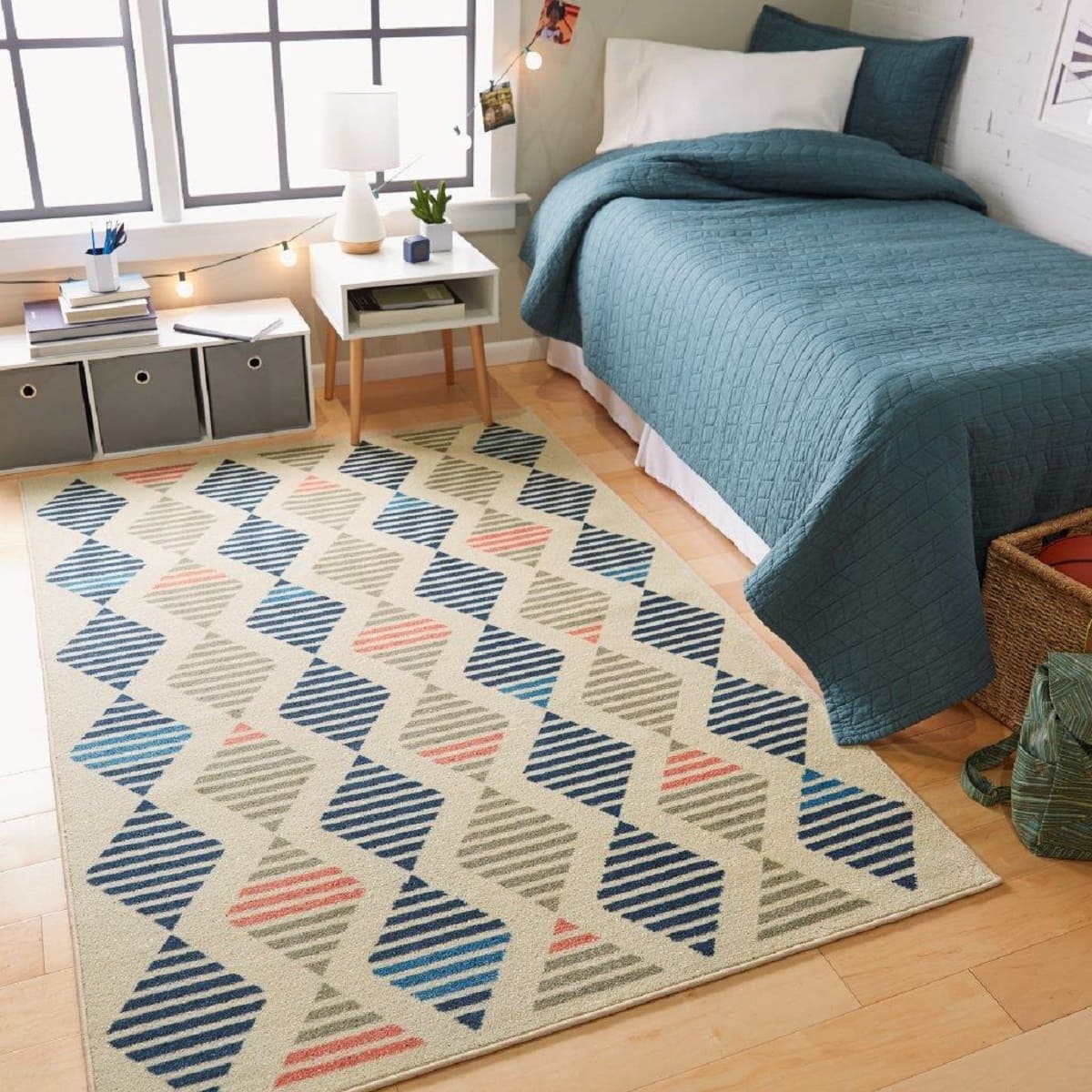
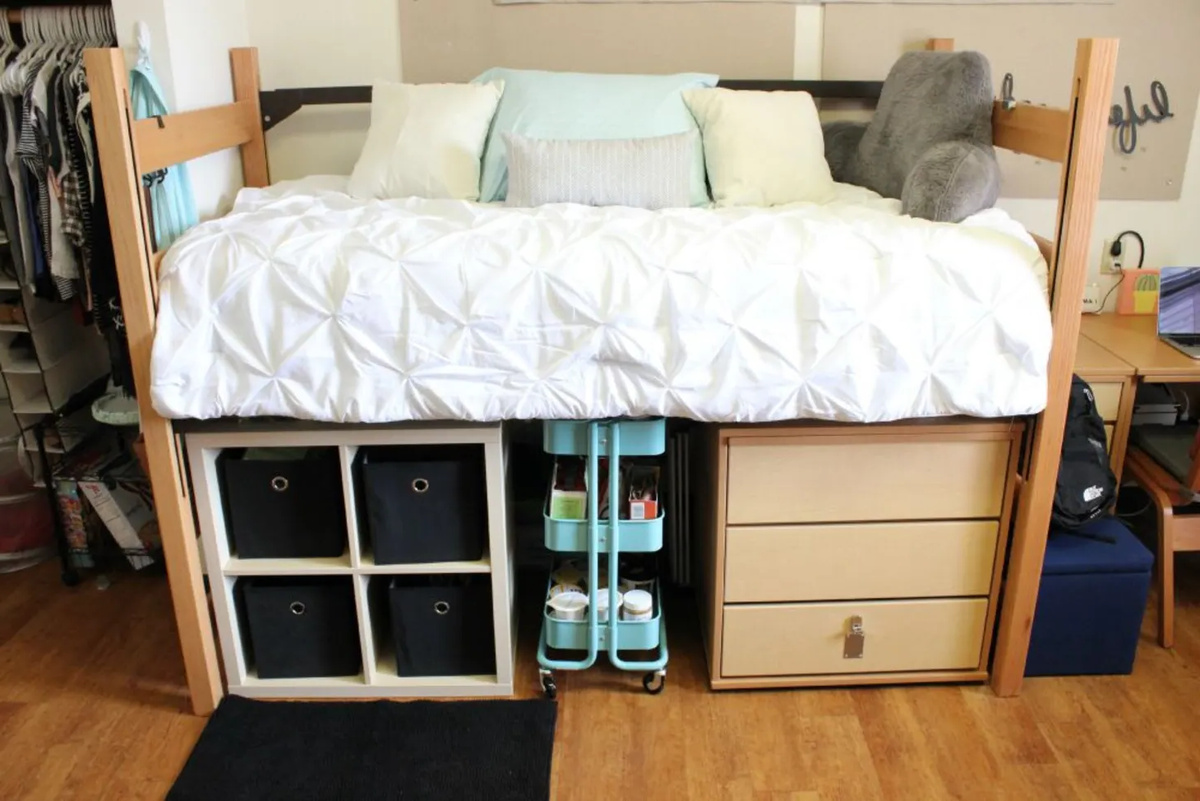
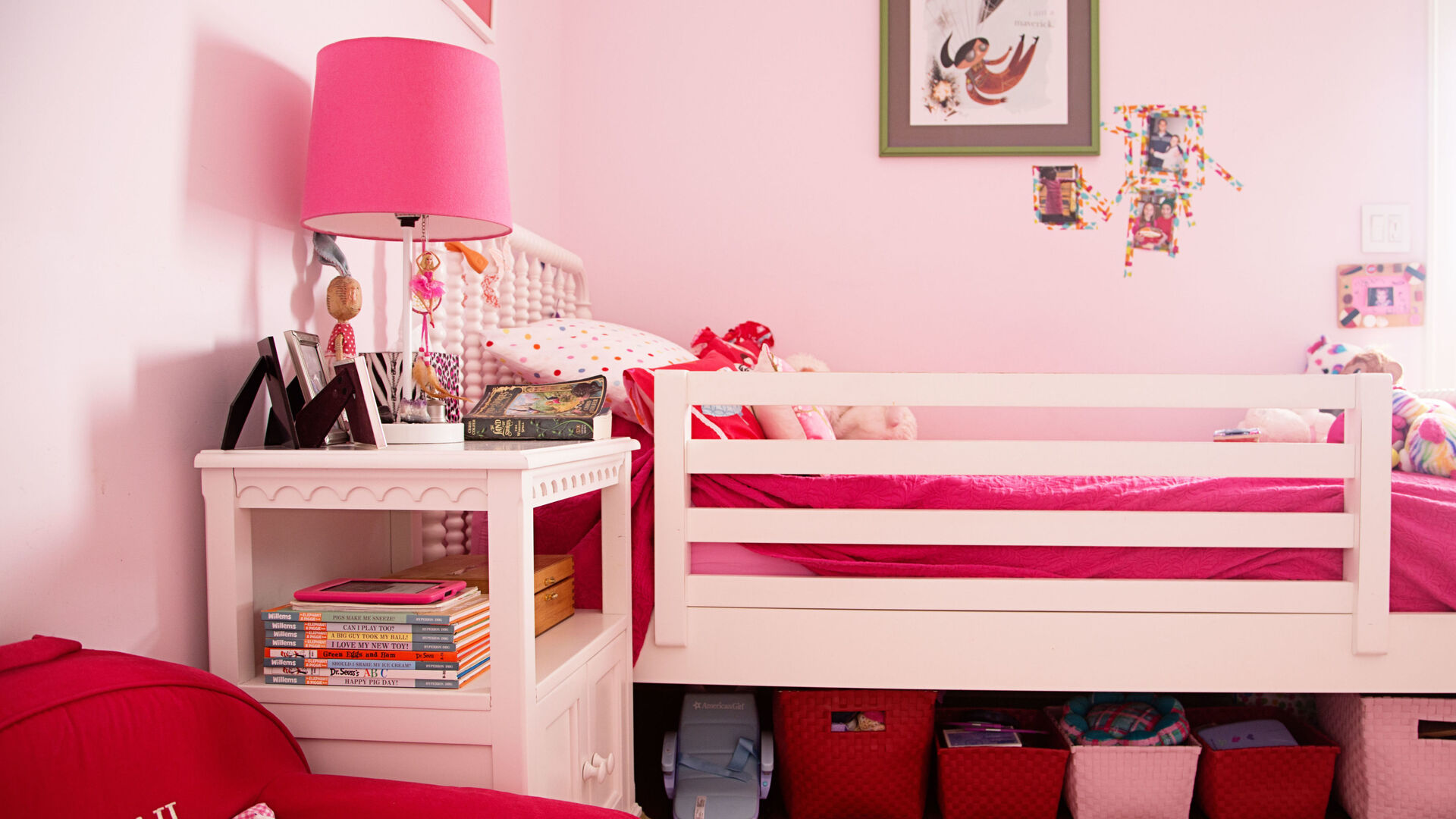
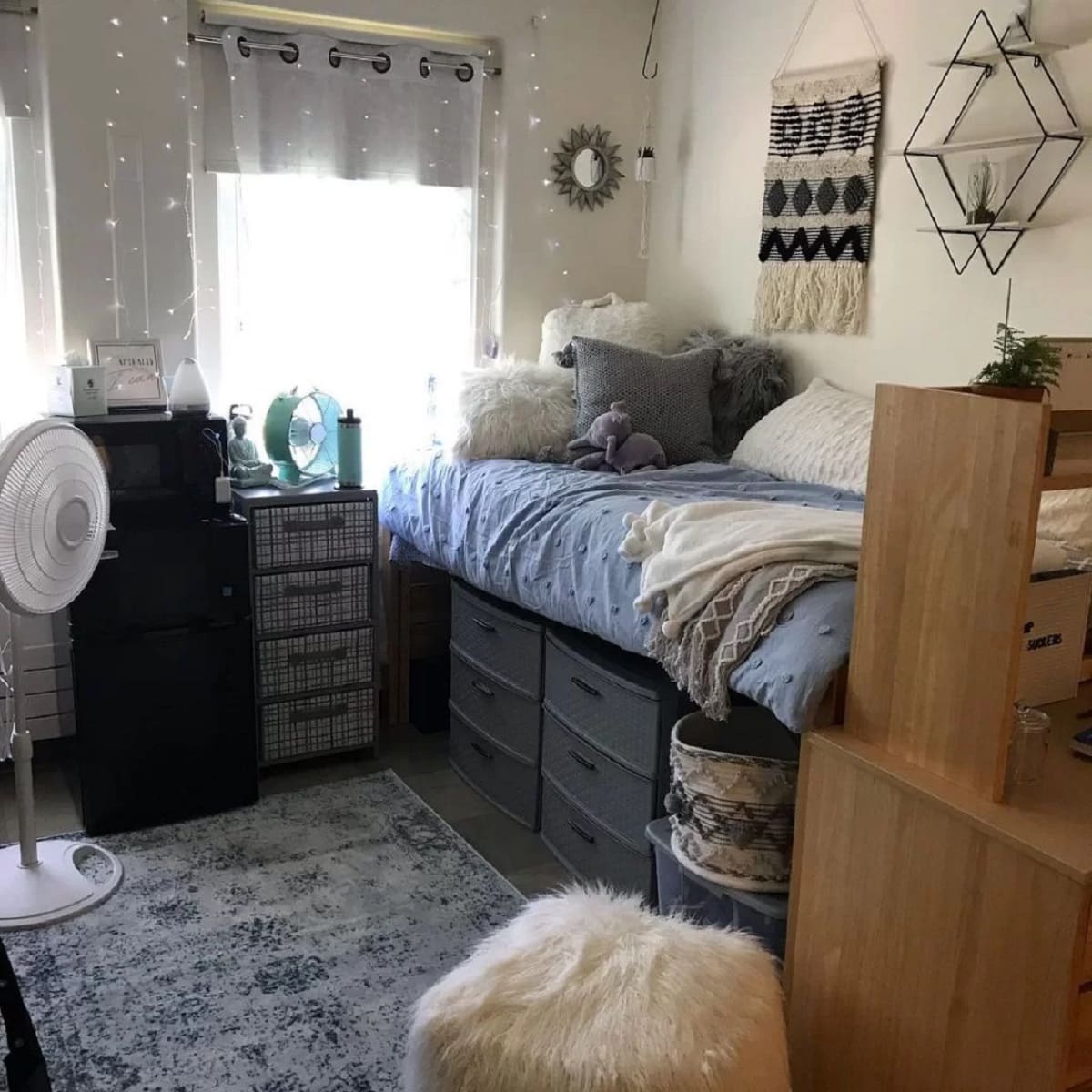
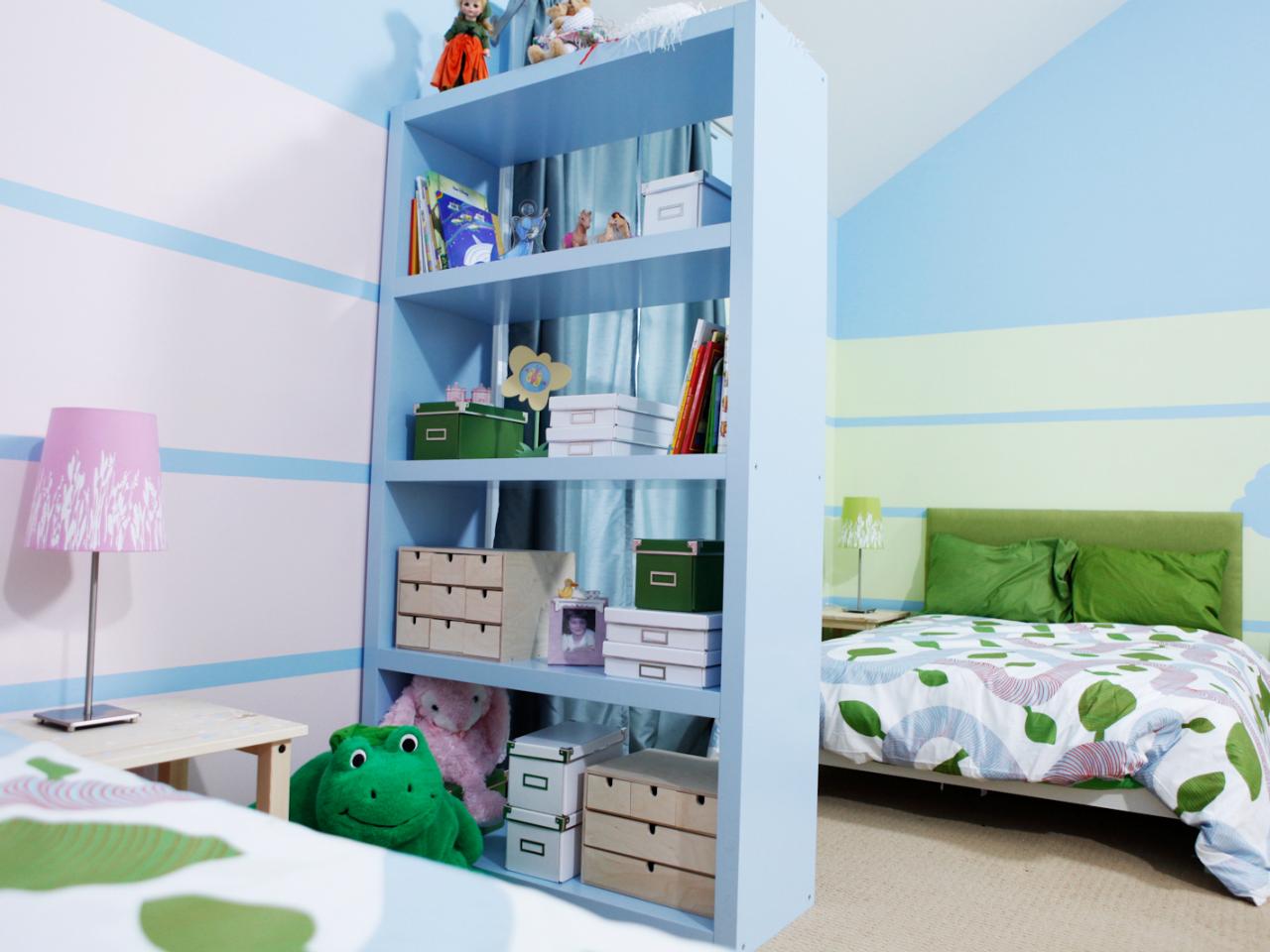
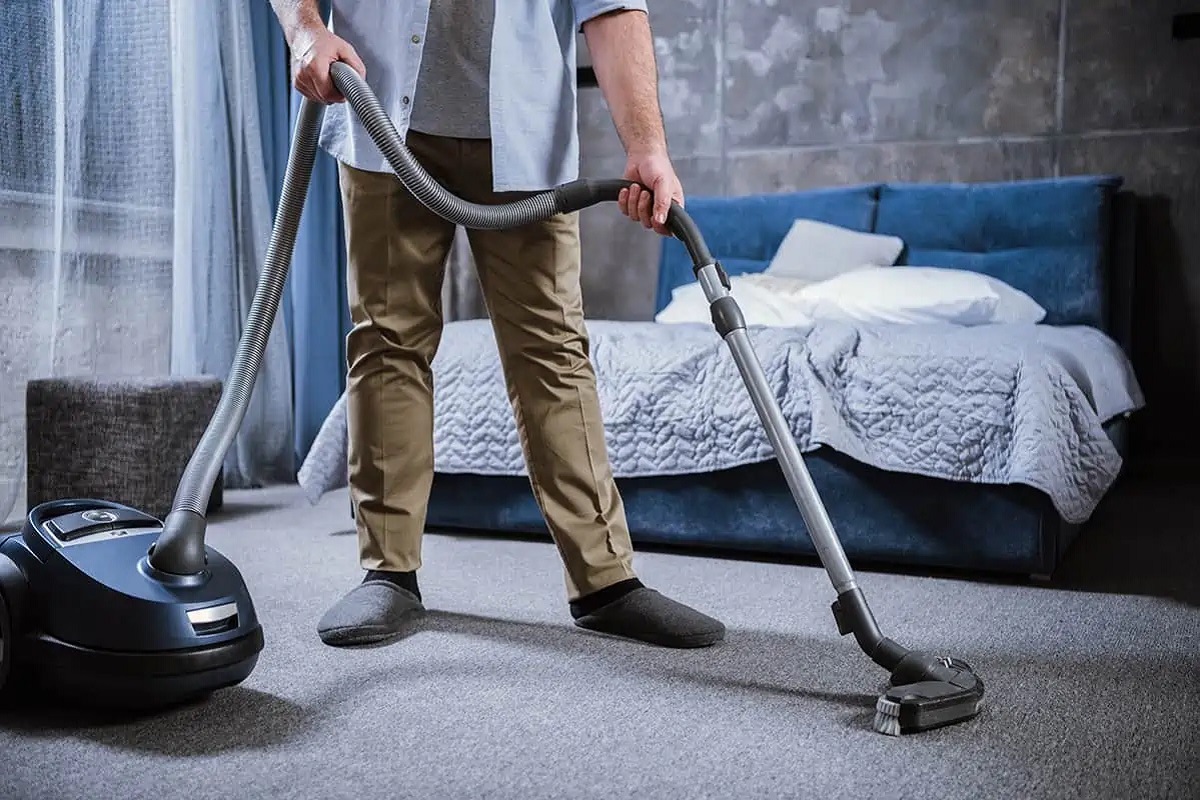

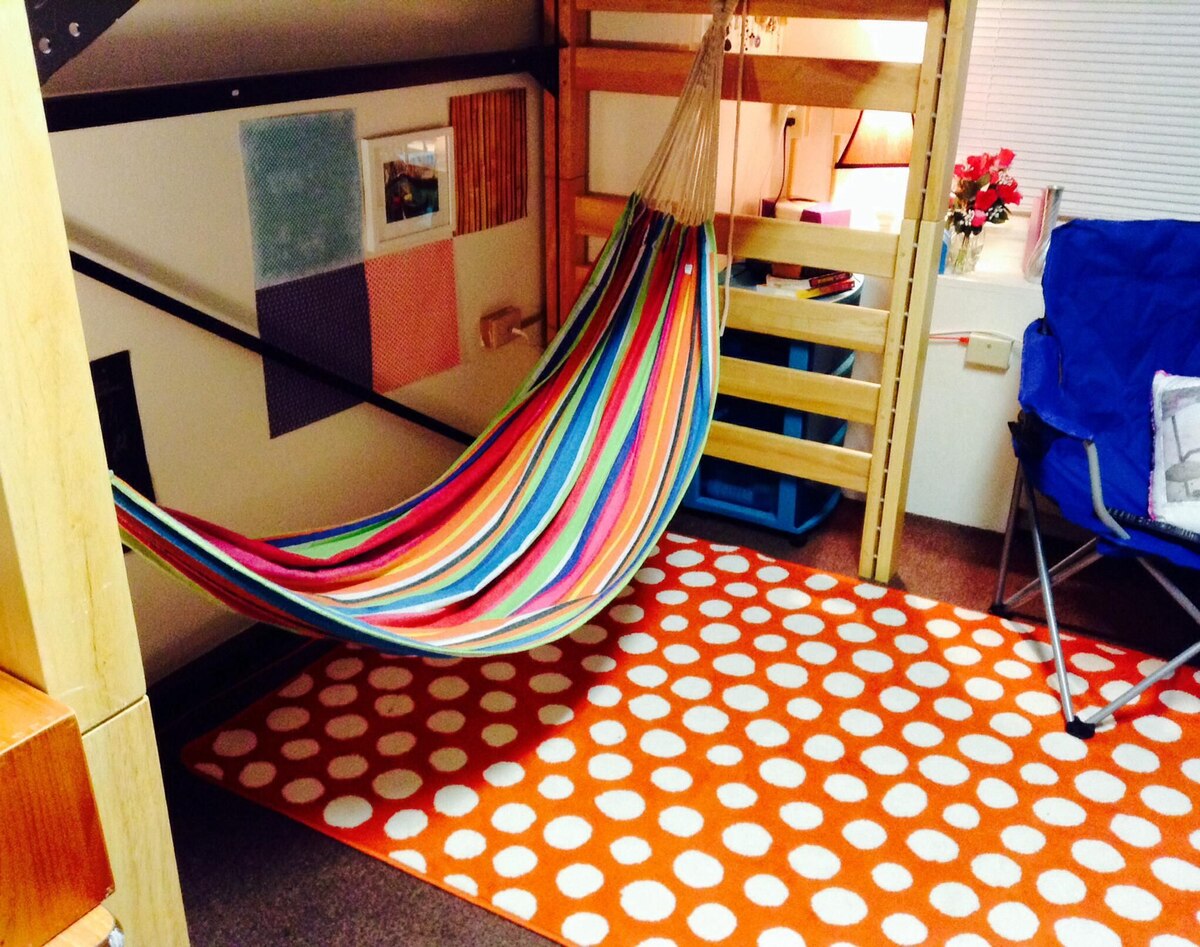


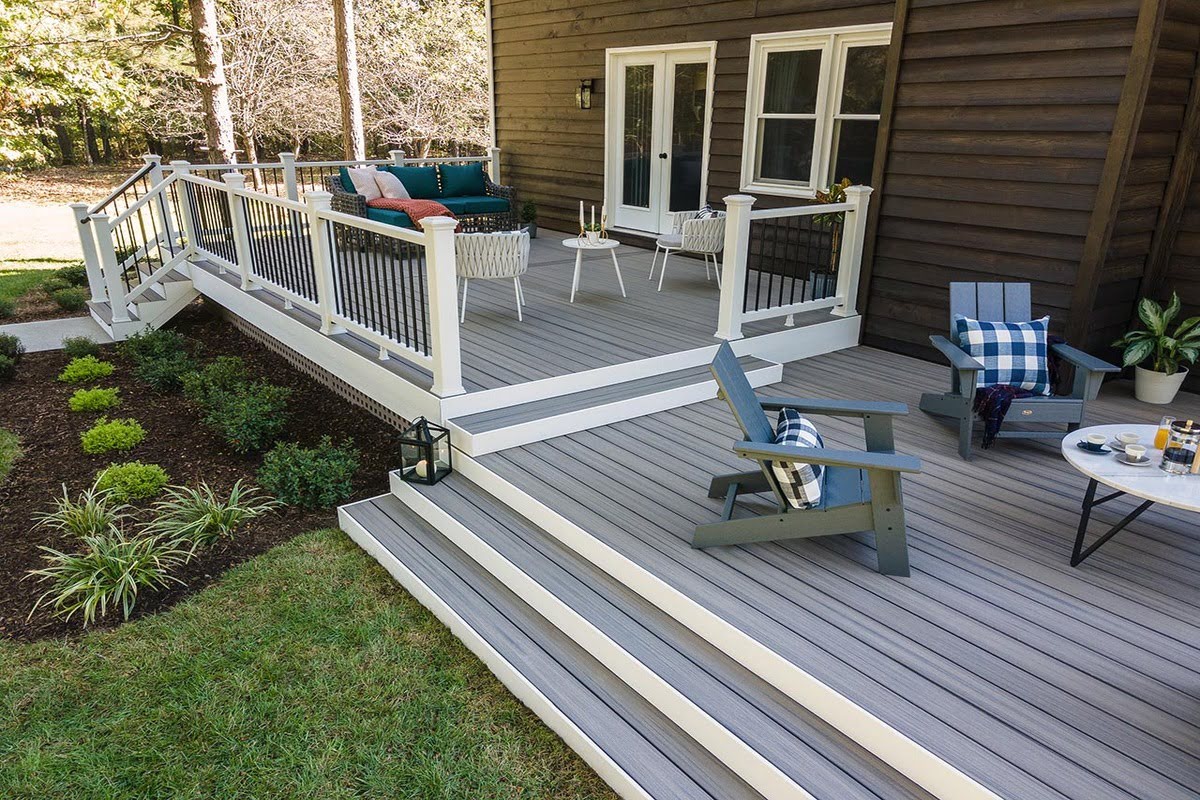

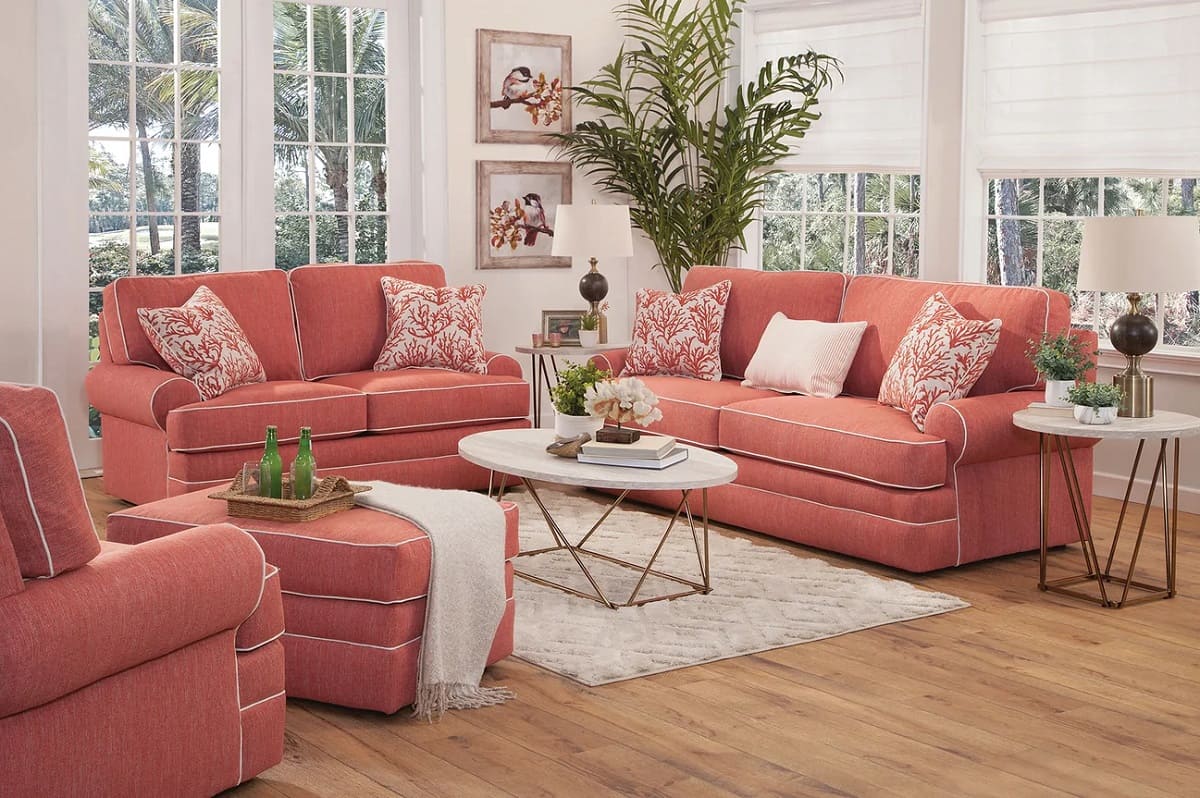
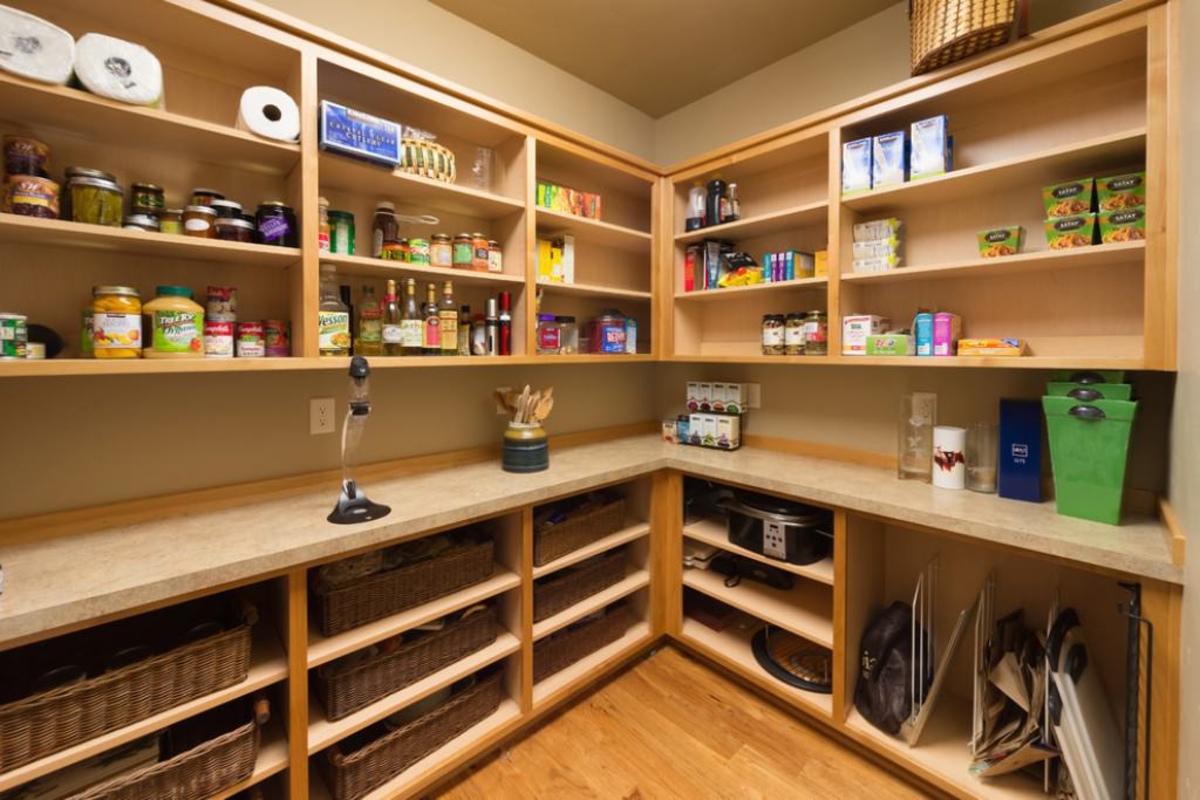

0 thoughts on “How Should You Lay Out A Shared Dorm Room? Experts Weigh In”